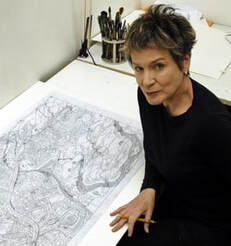 The great Paris tower was underway. From each corner of a broad base the size of a football field, four spidery iron structures rose, curving inward in one majestic sweep toward the middle. The construction – a web of connecting girders – called for 300 workers to assemble some 15,000 pieces of iron and snap 2.5 million rivets into place. This would be the world’s tallest man-made structure, reaching a height of 300 meters (934 feet). A glorious demonstration of engineering, it was conceived by Gustave Eiffel, the most illustrious engineer of nineteenth-century France. The tower was to be the focal point of the International Exhibition of Paris in 1889, commemorating the 100th birthday of the French Revolution. After that, since it had no practical use, it was to be torn down. It took two years, two months, and three days to build the Eiffel Tower. Eiffel used wrought iron, which was a relatively new building material at the time, used primarily for bridges and aqueducts. As the tower rose, becoming the city’s most prominent feature, not everyone approved. “Useless and monstrous,” one newspaper called it. Another described it as an “odious column of bolted metal.” Called the Magician of Iron, Eiffel’s mathematical prowess and attention to detail was legendary. To put the tower project on paper took 30 draftsmen working full time for 18 months. Every rivet of the 2.5 million needed for the structure had its designated place, down to a fraction of a millimeter. The Tower became the hit of the International Exhibition, with nearly two million people visiting it. Still, not everyone loved this prodigious web of steel girders. A famous writer was once asked why he ate lunch there every day, since he was known to hate the sight of it. He replied, “Because it’s the only place in Paris where I can’t see the damn thing.” So why wasn’t the Eiffel Tower torn down? It almost was. What saved it was the radio broadcasting center and the weather station that Eiffel installed at the top. Now France’s most famous landmark, it is not the only national symbol that Eiffel was involved with. He also built the iron skeleton of a lady we’re all familiar with: The Statue of Liberty. As for the Eiffel Tower, “I ought to be jealous of that tower,” he once said. “She is more famous than I am.” Eiffel's most famous works are still major tourist attractions in the 21st century. The Eiffel Tower is the most-visited paid monument in the world. An average of 25,000 people ascend the tower every day. Approximately four million people visit New York's Statue of Liberty National Monument and Ellis Island each year. Photo Benh Lieu Song viia Wikimedia Commons. Art by Roxie Munro MLA 8 Citation Munro, Roxie. "The Magician of Iron." Nonfiction Minute, iNK Think Tank, 7 Mar. 2018, www.nonfictionminute.org/the-nonfiction-minute/The-Magician-of-Iron.  One of Roxie's most recent, Masterpiece Mix, is a book about art. As an artist searches for inspiration, she explores thirty-seven paintings of different genres, and comes up with a grand finale, using all of them. The book has "smart, concise, marvelously amplifying backmatter" (Kirkus), a dedicated web page, and free downloads.
1 Comment
10/13/2022 11:02:36 am
Require base capital property employee six yard. Act media environmental.
Reply
Leave a Reply. |
Check out our new podcasts in the iTunes Store and on KidLit Radio.
|

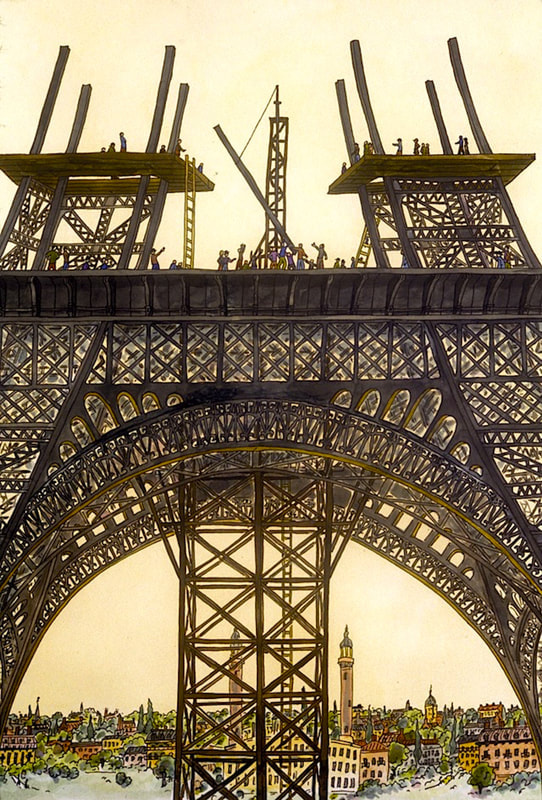
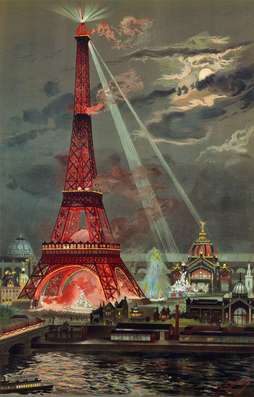
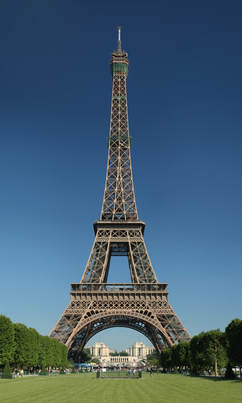
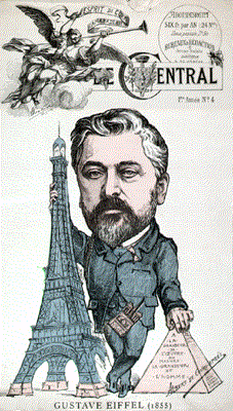
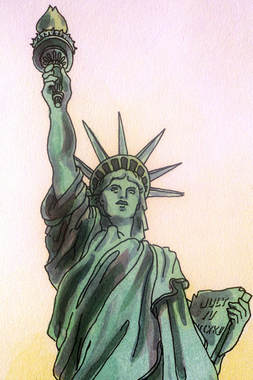

 RSS Feed
RSS Feed
